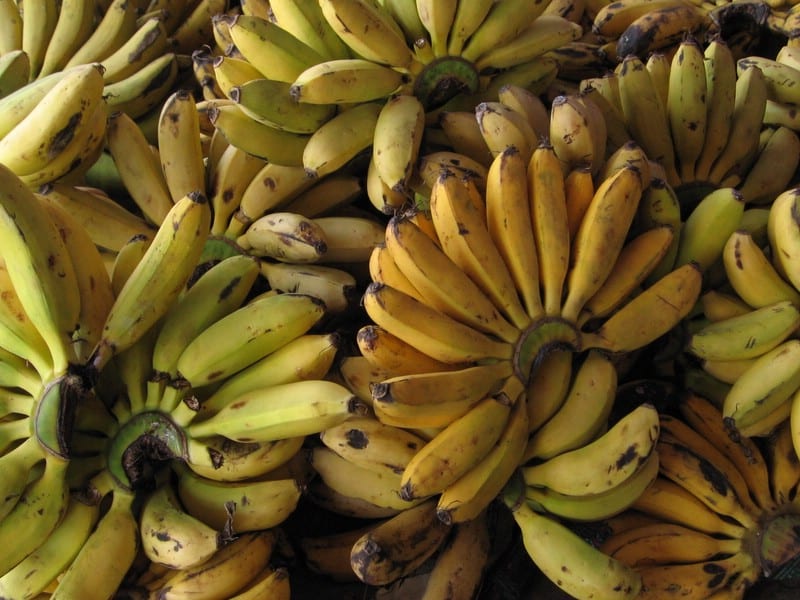
Hey Doc, U up?
Ever since the new iPhones were announced, millions of people have been pondering one of life's most important questions: to upgrade or not to upgrade? For me, the newly improved camera could take my Instagram game to a whole new level. For others, retinal scanning could help secure important business emails. Whether you use your phone to post pictures of your vacation, respond to important emails, or stalk an ex-boyfriend, there's no denying that phones have become integral parts of our lives. For people without access to healthcare, cell phones can help save their lives. Even in Africa, 93% of people have access to cell phone service. This has spurred scientists to find ways to make diagnosing, treating, or tracking diseases as easy as using an app on your phone.










